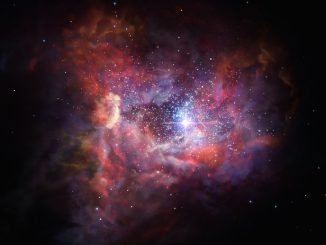
European Southern Observatory

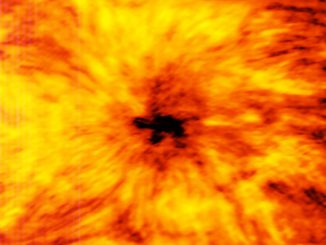
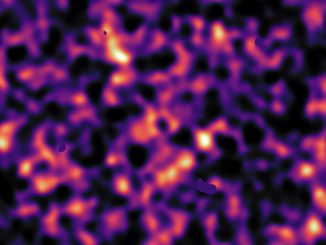
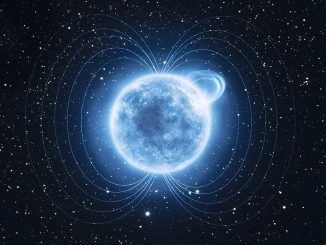
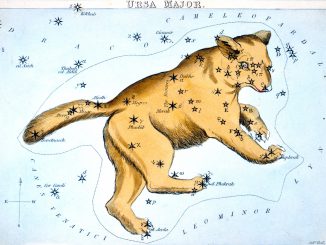
International Astronomical Union formally approves 227 star names
The creation of a specialised IAU Working Group, the Working Group on Star Names (WGSN), was approved by the IAU Executive Committee in May 2016 to formalise star names that have been used colloquially for centuries. WGSN has now established a new catalogue of IAU star names, with the first set of 227 approved names published on the IAU website.
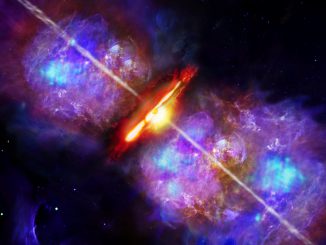
Are all stars created equal?
Astronomers have found the strongest evidence yet that the formation of massive stars follows a path similar to their lower-mass brethren — but on steroids! The new findings show that the episodic explosive outbursts within what are called accretion discs, known to occur during the formation of average mass stars like our Sun, also happen in the formation of much more massive stars.
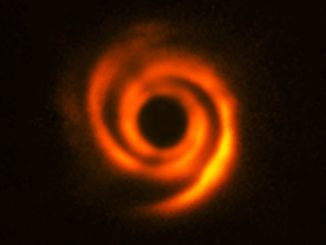
SPHERE reveals protoplanetary discs being shaped by newborn planets
Three teams of astronomers have made use of SPHERE, an advanced exoplanet-hunting instrument on the Very Large Telescope (VLT) at ESO’s Paranal Observatory, in order to shed light on the enigmatic evolution of fledgling planetary systems. The explosion in the number of known exoplanets in recent years has made the study of them one of the most dynamic fields in modern astronomy.
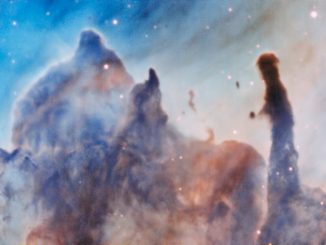
‘Pillars of destruction’ in the Carina Nebula
Spectacular new observations of vast pillar-like structures within the Carina Nebula have been made using the MUSE instrument on ESO’s Very Large Telescope. The different pillars analysed by an international team seem to be pillars of destruction — in contrast to the name of the iconic Pillars of Creation in the Eagle Nebula, which are of similar nature.
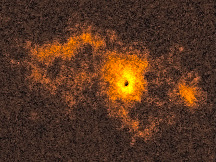
Unexpected gaseous haloes detected around distant quasars
An international team of astronomers has discovered glowing gas clouds surrounding distant quasars. The new survey of these active galaxies indicates that haloes around quasars are far more common than expected. The properties of the haloes in this surprising find are also in striking disagreement with currently accepted theories of galaxy formation in the early universe.
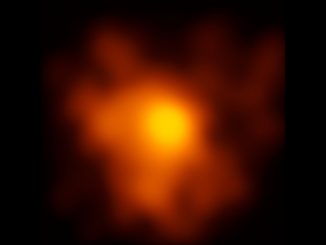
Eta Carinae star system revealed in unprecedented detail
An international team of astronomers have used the Very Large Telescope Interferometer to image the Eta Carinae star system in the greatest detail ever achieved. They found new and unexpected structures within the binary system, including in the area between the two stars where extremely high velocity stellar winds are colliding.
